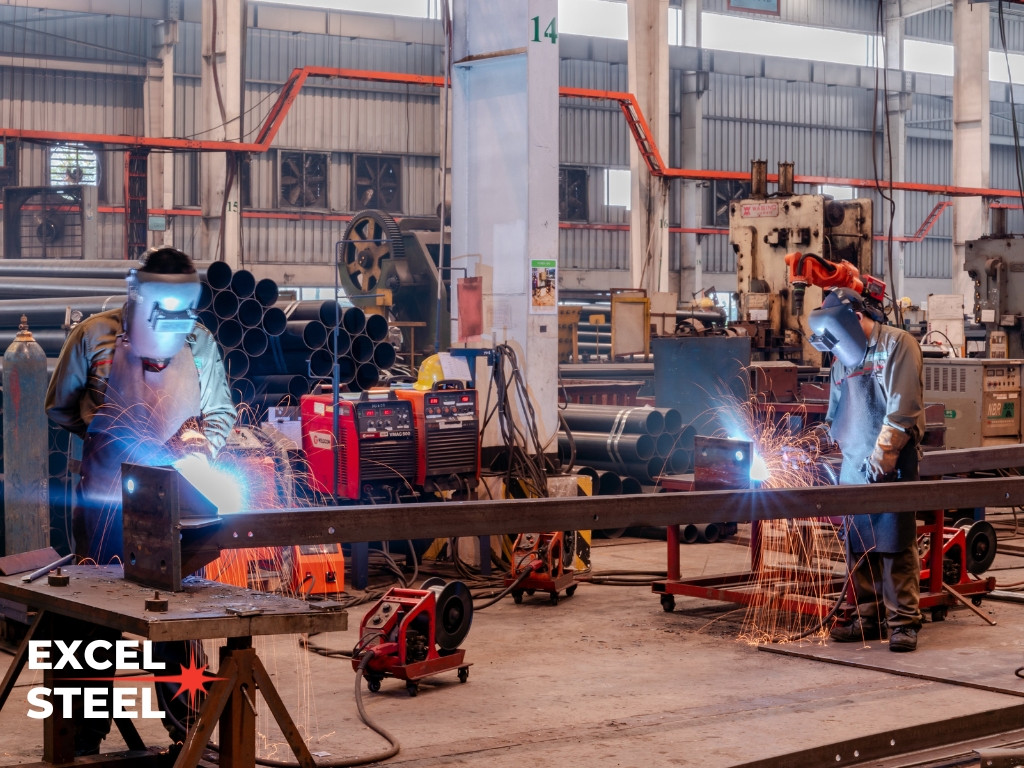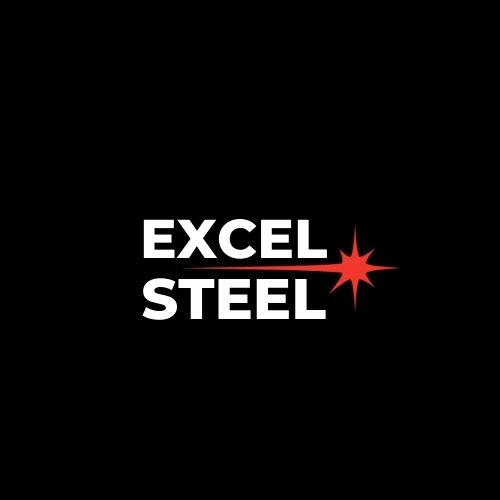Excel Steel Sets New Safety and Quality Standards Among Structural Steel Fabricators in 2025
Excel Steel is raising the bar for safety and quality in the structural steel industry. The company has introduced a series of updated procedures, technologies, and training programs that set a higher benchmark for how structural steel fabricators operate across the country.
A Commitment to Safer Worksites
Safety has long been one of the most important priorities in steel fabrication. Excel Steel’s new protocols focus on eliminating avoidable risks and improving worker awareness at every stage of production.
The company has rolled out an advanced monitoring system for on-site safety checks, combined with continuous team training.
Each employee undergoes regular safety evaluations that go beyond compliance. This system ensures that safety measures are not only followed but also continuously improved.
By investing in worker education and using data-driven assessments, Excel Steel strengthens its ability to deliver consistent, secure, and efficient fabrication processes.
Strengthening Quality From Design to Installation
In 2025, Excel Steel has expanded its quality assurance program to cover the full lifecycle of each project. Every structural component now passes through multiple inspection points, beginning with raw material verification and extending through final assembly and delivery.
This multi-layer review process reduces rework, increases structural reliability, and promotes accountability across teams.
It also helps project managers and engineers maintain tighter control over deadlines and material precision. For clients, this translates to safer structures and fewer costly delays.
Innovation in Fabrication Technology
Excel Steel’s upgrades include the use of automated cutting and welding systems, advanced 3D modeling tools, and real-time project tracking platforms.
These improvements enhance both speed and accuracy, reducing human error while maintaining flexibility for custom designs.
Among structural steel fabricators, the integration of such technologies marks a significant shift. The result is higher efficiency and measurable consistency across every fabricated component.
Building a Culture of Accountability
Excel Steel’s success in safety and quality comes from a culture centered on shared responsibility. Each team member, from engineers to installers, is encouraged to identify potential improvements and report even minor issues.
This approach fosters collaboration and continuous development. By maintaining open communication, the company ensures that new standards don’t just meet regulations—they exceed them.
Environmental and Operational Sustainability
Beyond safety and quality, Excel Steel continues to emphasize responsible fabrication practices. The company uses recycled materials wherever possible and has optimized cutting patterns to minimize waste.
Energy-efficient equipment and streamlined logistics further reduce environmental impact while improving cost control.
These practices align with the growing demand for sustainability within the construction and manufacturing industries.
Structural steel fabricators that adopt similar methods are better positioned to serve environmentally conscious clients and meet evolving regulatory requirements.
Industry Impact
Excel Steel’s efforts are influencing how other structural steel fabricators view their operations. By combining advanced safety standards with modern fabrication technology, the company demonstrates that efficiency and quality can go hand in hand.
Its example is encouraging industry peers to adopt similar innovations and elevate their own performance benchmarks.
This collective progress benefits not only fabricators but also general contractors, architects, and property owners who depend on structural reliability and long-term durability.
Looking Ahead
Excel Steel aims to continue refining its approach to safety, quality, and sustainability. Future plans include more automation in material handling, deeper integration of digital modeling into design workflows, and expanded employee training programs.
Each initiative reinforces the company’s goal of being among the top-performing structural steel fabricators committed to safer, cleaner, and more efficient building practices.





